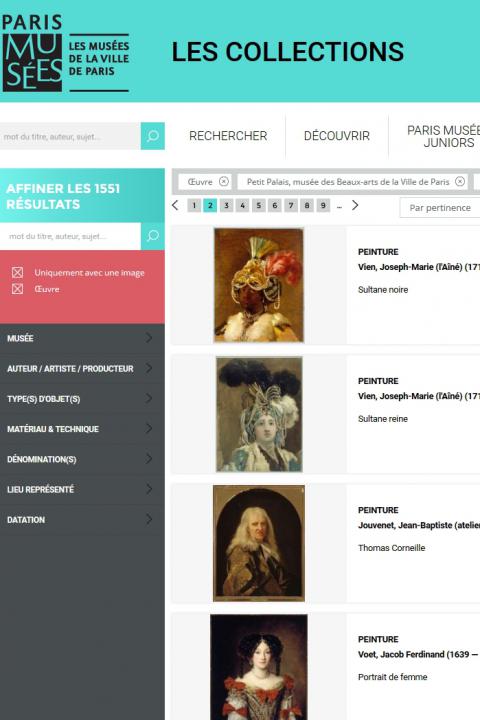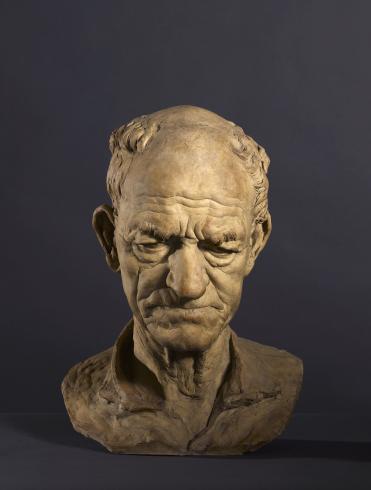Dalou’s modest origins as the son of an artisan and his left-wing political convictions could explain the sculptor’s early interest in depicting the working class.
Since the 1850s, “Realist” novelists, painters, engravers or photographers had chosen the urban working-class population as a subject for study with the intention of providing a truer image of the world around them.
Between 1888 and 1896, Dalou worked during his spare time without having received any commission on a preliminary version of his Monument to the workers, which was never seen in public.He used some of his studies for the bas-reliefs of the Monument to Alphand (inaugurated in 1899 on the avenue Foch), which represents the earthworks and construction activity in Paris. The many studies for the Monument to the workers are drawn partly from scenes observed by Dalou and transcribed in the studio from memory or from his sketchbooks. At this stage, neither the faces nor the clothes or agricultural techniques are very precise. Dalou would probably not have emphasised the picturesque or narrative aspects.
Some elements were studied in greater depth. The surprising Head of a peasant, in which every last wrinkle is depicted, was undoubtedly sketched from a model posing in his studio.
These lifelike sketches came to light when they were exhibited in 1905 in the Dalou Gallery of the Petit Palais. Since then, they have been widely reproduced in bronze and are highly sought after by collectors.
A. S.

City of Paris municipal collection's website
The collections portal can be used to search the collections of Paris’s 14 municipal museums (approximately 336,000 works, including 43,000 belonging to the Petit Palais).
It is also possible to download around 12,000 images of the museum’s works free of charge.
Access the Museums of the City of Paris collections portal
Extern databases
Discover a selection of databases online presenting works from the Petit Palais or documents concerning the history of the museum.

